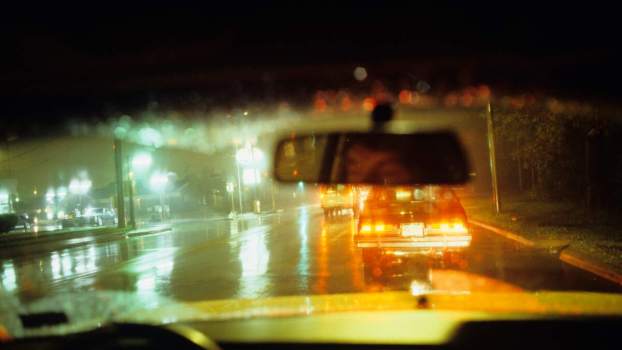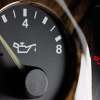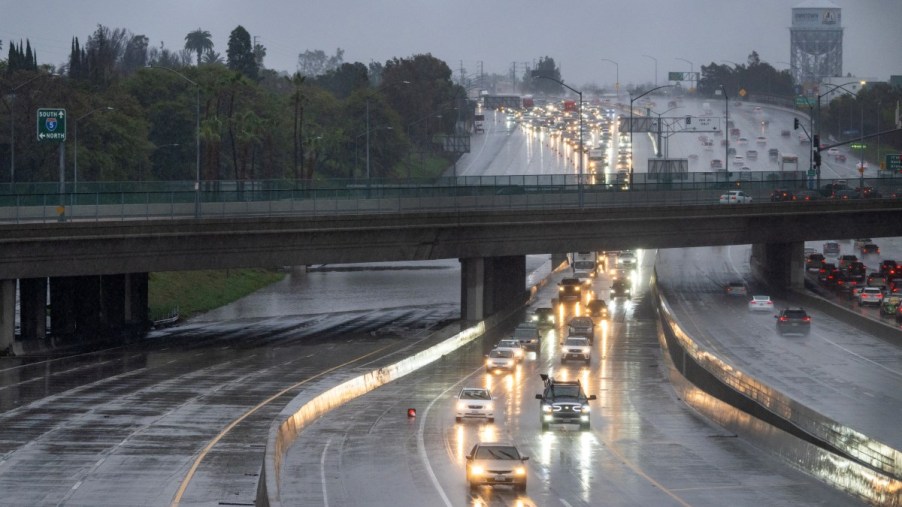
3 Safe Tips for Driving In the Rain
Driving can be challenging enough on even the best days. Traffic, animals, construction, and poor road design and maintenance are road safety hazards when the sun is shining. Add rain, and things get even more chaotic. Rather than feel like you’re stuck at home, use these 3 safe driving tips for driving in rain so you can reach your destination with confidence.
The biggest tip for safe driving in the rain: Avoid ruts and standing water
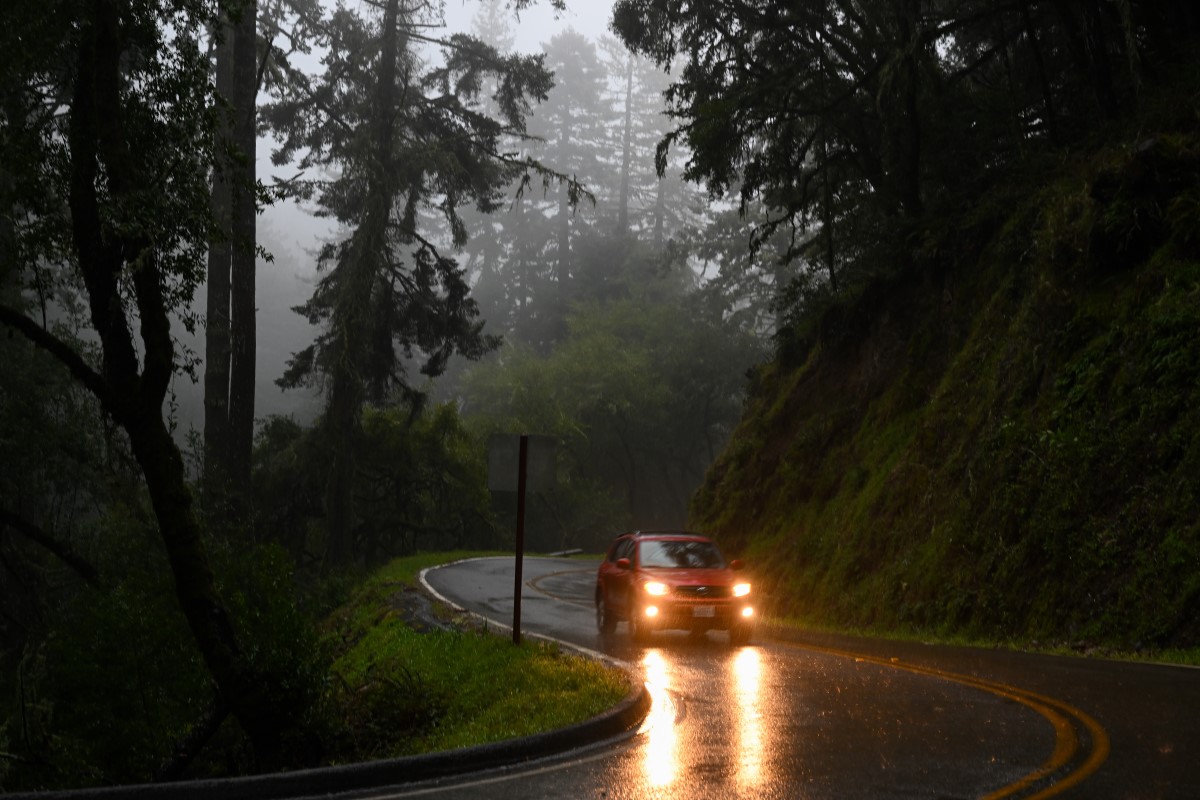
Poorly kept roadways will often have ruts from heavy use. These grooves can pull your car around in the dry, but when driving in the rain they’re an even bigger hazard. Road ruts will pool water since it cannot drain to the edges as it should. This vastly increases the likelihood of hydroplaning, even during light rain.
When driving rutted roads in the rain, there are two important safety tips to remember. For one, the ruts grab your car and make it difficult to steer and stay out of the deepest grooves. Two, the pooling water reduces contact with the road, so it’s easier to lose control. This situation can catch even the best drivers off guard, and cause an accident seemingly out of nowhere.
Stay mindful of these areas on the roads you drive often. Focus on staying above the ruts where there will be significantly less standing water. And if you do get caught hydroplaning over pooled water, don’t panic. Hitting the brakes or aggressively steering make it easier to lose control and have a crash. Instead, simply lift off the throttle and let your car slow down.
Once you’ve slowed down enough, the tires will settle back down and make contact with the road.
Turn your lights on for both safety and legality
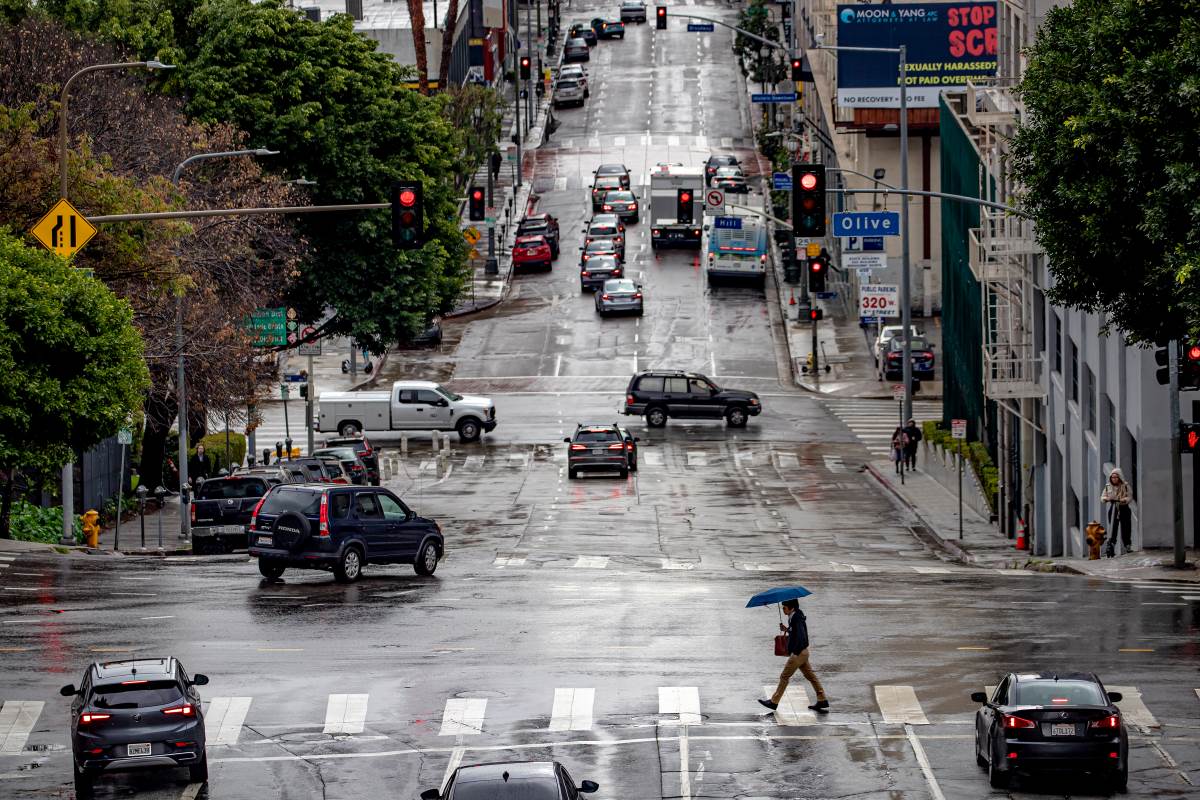
Staying safe while driving in the rain is as much about you as it is about the vehicles around you. In most states, it is illegal to drive in the rain without your lights on, so this safety tip comes as no surprise.
By turning your lights on, you’ll be more visible to the vehicles around you. This is especially important on highways, where vehicles changing lanes and driving at various speeds increase the risk of a collision. You can’t always predict what someone else will do, but by turning your lights on you increase the chances that other cars will see you and avoid making dangerous maneuvers.
A critical tip for safer rain driving: Do not use cruise control
It may seem counterintuitive, but you should never use cruise control while driving in the rain. While the FMCSA says it’s important to maintain a safe speed on compromised surfaces, cruise control can be just as dangerous as driving too quickly.
By giving throttle control to the cruise control system, you’re removed from the power delivery of your vehicle. If you begin to hydroplane, the system can behave erratically and cause a crash before you’ve ever had time to react.
Instead, pay attention to your speed and drive mindfully to reduce the risk of an accident. It’s a tip that is easy to forget, but critical to safely driving in the rain.
How can I make driving in the rain easier?
In addition to these three safe rain-driving tips, you should also ensure that your vehicle is ready for wet conditions. Quality tires will improve water dispersion for better wet-road grip. Good headlights and a clean windshield offer better visibility for you and those around you. And having your vehicle properly aligned means more predictable handling in all conditions, including rainy weather.
